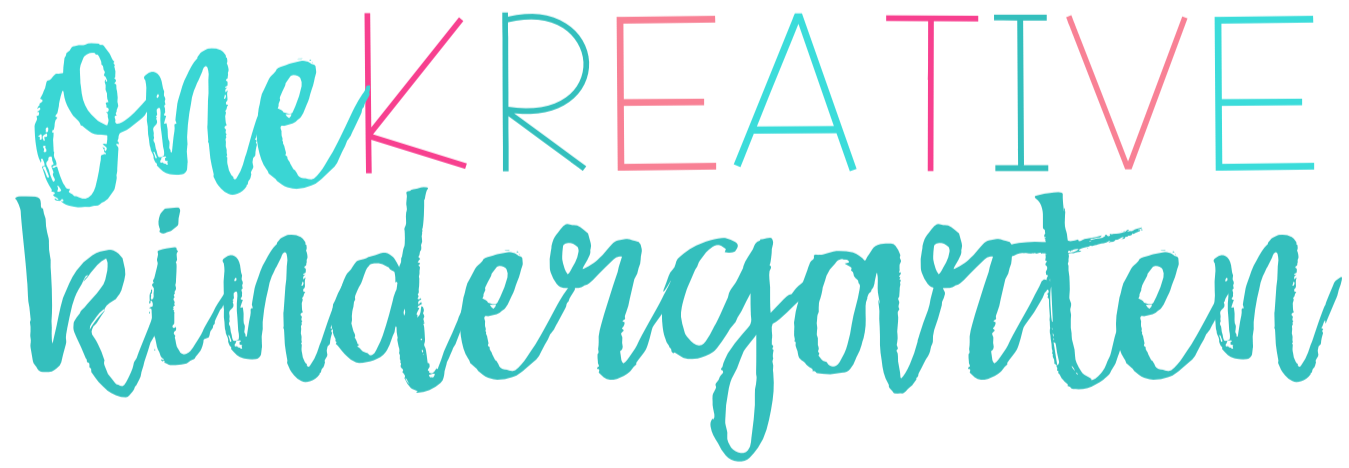I love celebrating holidays in my classroom but sometimes it can get to be a little overwhelming with all the excitement and usually many sweet treats. That’s why I like to incorporate Halloween activities that are educational! Whether it be a center or a special project, I just love seeing what students can do when they’re excited about something. For Halloween, I’ll be celebrating with a book companion or a couple of book companions!
What’s a book companion?
Book companions are activities that go along with a particular book! They include multiple language arts activities that students can complete, reviewing a language arts skill or even learning a new skill! Some of the skills included are sequencing, problem and solution, and conventions. I always love to end with a craftivity as well. These make amazing bulletin boards to look at for the entire holiday season! See below for what’s included in my Halloween Book Companions.

Included in the Halloween Book Companions
I’ve created 3 Halloween Book Companions for you to celebrate Halloween in your classroom! In each, students practice a variety of language arts skills. I’ve also included at least one craftivity in each book companion set.
Little Boo – Book Companion
Here’s a list of all that’s included in this book companion resource:
- Sequencing the story
- Problem and solution
- My Favorite Part Writing
- Additional Writing Prompt
- Describing the Seed Graphic Organizer
- Describing the Jack-O-Lantern Graphic Organizer
- Little Boo’s Verbs
- Craftivity
Skeleton for Dinner – Book Companion
Here’s a list of all that’s included in this book companion resource:
- Sequencing the story
- Problem and solution
- My Favorite Part Writing
- Additional Writing Prompt
- Describing the Skeleton Graphic Organizer
- Describing the Witches Graphic Organizer
- Skeleton’s Verbs
- Witches Verbs
- Two Craftivity Options
Ms. Broomstick’s School for Witches – Book Companion
Here’s a list of all that’s included in this book companion resource:
- Sequencing the story
- Problem and solution
- My Favorite Part Writing
- Additional Writing Prompt
- Describing the Pandora Graphic Organizer
- Describing the Ms. Broomstick Graphic Organizer
- School of Witches Verbs
- Craftivity
These book companions can be purchased in a bundle or individually depending on which story you’d like to incorporate or if you’d like to incorporate all! Using a book companion is a great way to sneak in some Halloween fun while still learning or reviewing critical language arts skills.
What type of teacher are you? Do you enjoy celebrating the holidays throughout the holiday season or do you stick to celebrating the holiday strictly on the day of the holiday only?







 These clip cards show a picture and next to it choices of what it could start (or end) with. You decide if students put a clip on the beginning sound or the ending sound.
These clip cards show a picture and next to it choices of what it could start (or end) with. You decide if students put a clip on the beginning sound or the ending sound.























